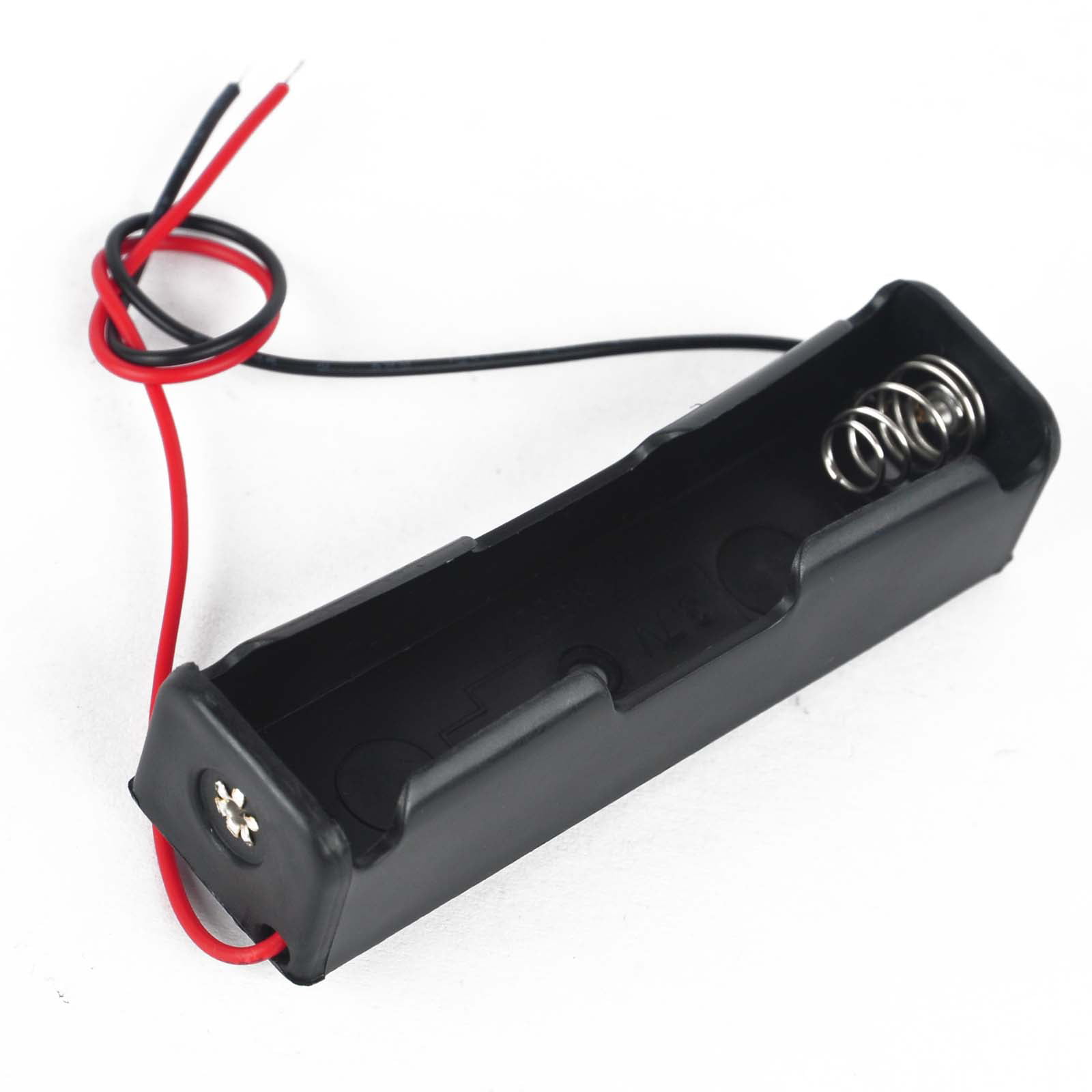

Three 12 volt batteries wired in series would give me 36 volts. If you do this then you make one big battery. Like in a flashlight where the positive terminal of one battery is in contact with the negative terminal of the next. In series you basically wire them end to end. I could either wire them in series to make them stronger, or in parallel to make them last longer.
#Diy battery box how to
Since I had three small batteries I had to decide how to wire them together.
#Diy battery box full
Add in some lighted switches and I would have a full fledged project. While I am at it, having some inputs like a cigarette lighter socket and some terminal posts would make it even better. I figure having a small battery pack would be a lot easier to tote than a dirty car battery. However, they were fully charged and designed to be recharged over and over. They don’t have enough capacity to do very much useful work by themselves. So now I have three neat little batteries and am compelled to find a way to use them.Īnyway these are small sealed 12 volt batteries. Sometimes it’s better to spend a little extra than risk a failure of a piece of life safety gear. Like smoke detector batteries these get replaced on a time table that does not account for useful life. Recently I was gifted some sealed lead acid batteries from a hospital. I had batteries, so I needed to do something with them. This DIY Battery Pack project is like that. Any self respecting gun guy has (at one time or another) bought a gun simply because he had either a holster or an odd box of ammunition that he didn’t have a gun for. No light means something has gone awry. After all, because it is set up on top of a giant hill, where it will see the most abusive winds, it's a bit of a hike to get there! We don’t want to get too much exercise hiking up and down to to see if things are working properly.Being a DIY’er is a lot like being a gun guy. The lights let us keep tabs on this test location from a distance, too. The idea is that the lights drain the battery each night so the device under test is always getting a workout.

This box uses the golden standard of value and reliability: a 12V Gel Cell. We needed a battery design that was simple and rugged enough to deal with rain, sleet, blizzards, and charging in sub zero conditions. Lights (to serve as a dump load + performance/health indicator) Water/Wind Lily Cold Weather Field Test Box Specifications We hope you find this fun and easy project useful to learn about or to build yourself. We know this is a problem for many people, so we decided to share our design. In the following paragraphs, you’ll learn about the box we custom designed to store and dispense energy in the downright frightful weather conditions, just meters from the cold North Atlantic ocean. Here in Newfoundland, Canada, the winter is long and cold! We need a way to keep our test equipment batteries healthy for year-round field testing.

They lose capacity and charging them at sub zero temperatures causes permanent damage.įor more info read our blog on Cold Weather Charging We work all year to innovate and develop solutions to provide our customers with the energy they require, anywhere they may go, but, once temperatures begin to plummet, field testing becomes challenging.

Winter temperatures can spell disaster for batteries of all types.


 0 kommentar(er)
0 kommentar(er)
